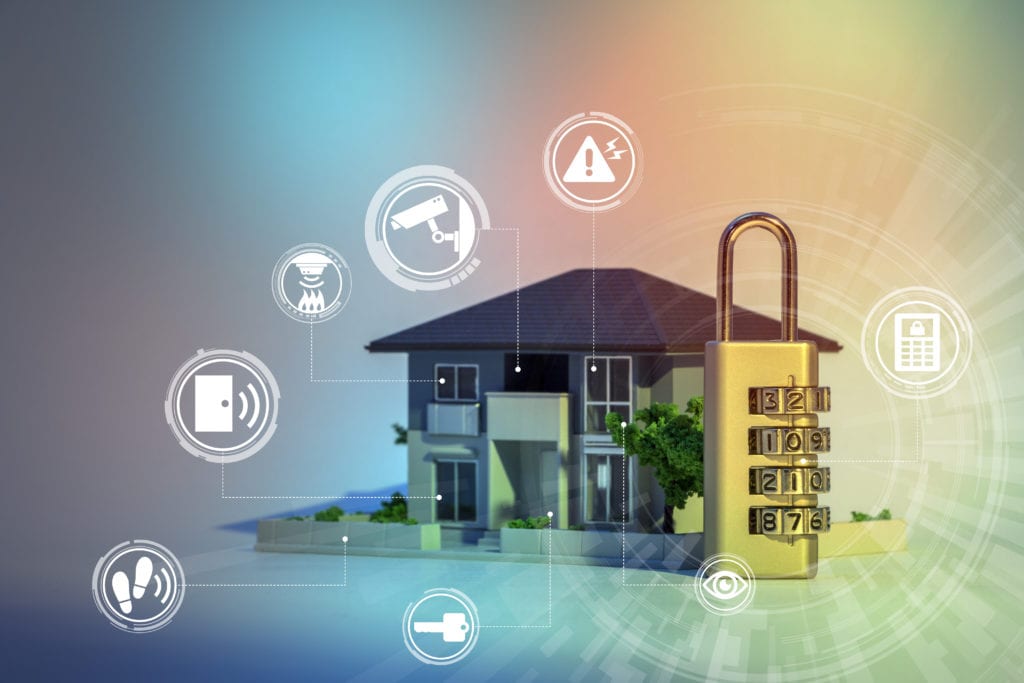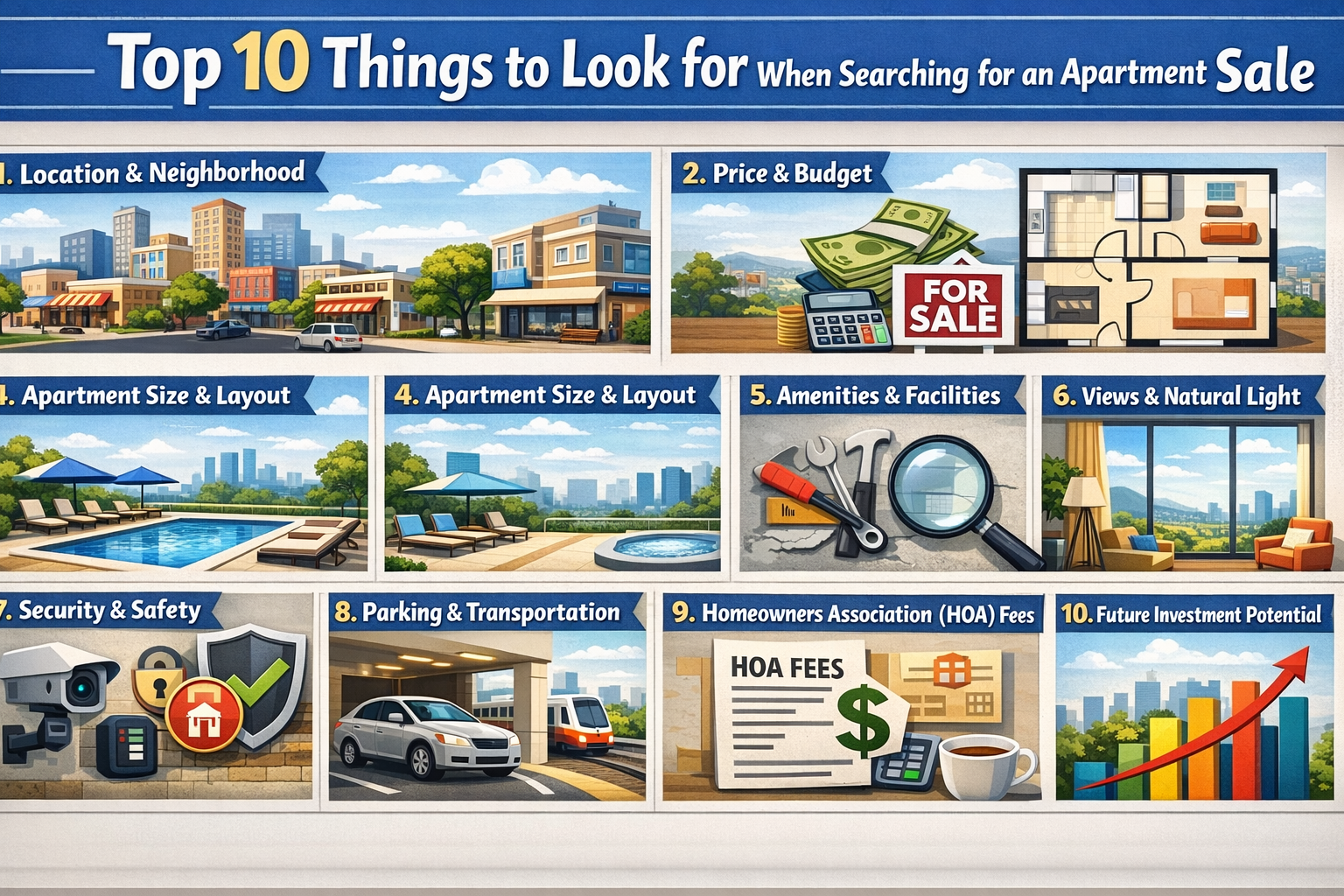Monitored Alarm Systems:

These systems are connected to a monitoring center that alerts authorities in case of a break-in, fire, or other emergencies. They typically include sensors for doors, windows, and motion detection.
Smart Home Security Systems:

These systems allow you to monitor and control your home security remotely via a smartphone app. They often include features like video surveillance, smart locks, and motion sensors.
Wireless Security Cameras:

Installing wireless cameras inside and outside your home provides visual surveillance and can act as a deterrent to potential intruders. Look for cameras with high-resolution video, night vision, and motion detection.
Smart Doorbell Cameras:

These cameras replace your traditional doorbell and provide video surveillance of your doorstep. They allow you to see and communicate with visitors remotely via your smartphone.
Smart Locks:

Upgrade your traditional door locks with smart locks that can be controlled remotely via a smartphone app. Some models also offer features like keyless entry and activity logs.
Security Lighting:

Installing motion-activated lights around the perimeter of your home can deter intruders and improve visibility at night.
Security Window Film:
This transparent film adds an extra layer of protection to windows, making them more resistant to break-ins.
Security System Signage:
Displaying signs and stickers indicating that your home is protected by a security system can deter potential intruders.
| "BEST BUILDER FLOOR APARTMENT IN CHENNAI" |
Smart Home Integration:
Choose a system that integrates with other smart home devices such as lights, thermostats, and voice assistants like Amazon Alexa or Google Assistant. This allows for seamless automation and control of your home's security features.
Artificial Intelligence (AI) and Machine Learning:
Look for systems that use AI and machine learning algorithms to analyze data from sensors, cameras, and other devices to detect patterns and anomalies, providing more accurate threat detection and fewer false alarms.
Facial Recognition:
Some advanced security cameras offer facial recognition technology, allowing you to identify known individuals and receive alerts for unrecognized faces.
Behavioral Analysis:
Systems that employ behavioral analysis can learn your household's typical patterns and behaviors, alerting you to any deviations that could indicate a security threat.
Wireless Mesh Networks:
Instead of relying solely on Wi-Fi, consider a system that utilizes wireless mesh networks for communication between devices. This provides a more robust and reliable connection, especially in larger homes or areas with spotty Wi-Fi coverage.
Cybersecurity Features:
With the rise of smart home devices, cybersecurity is increasingly important. Choose a system that prioritizes security protocols to prevent hacking and unauthorized access to your network.
Remote Monitoring and Control:
Opt for a system that allows you to monitor and control your home security from anywhere via a smartphone app or web portal. This includes viewing live camera feeds, arming/disarming the system, and receiving real-time alerts.
Cloud Storage and Backup:
Look for systems that offer cloud storage for video footage and other data, ensuring that critical evidence is securely stored and accessible even if the physical devices are tampered with or destroyed.
Environmental Sensors:
In addition to traditional security sensors, consider systems that include environmental sensors for detecting smoke, carbon monoxide, water leaks, and other hazards.
Battery Backup and Redundancy:
Ensure your system has battery backup capabilities to maintain functionality during power outages, as well as redundancy features to switch to alternative communication methods if one fails.
security system with advanced technology features, you can enhance the protection of your home and enjoy greater peace of mind knowing that you have the latest innovations safeguarding your property and loved ones.
https://www.livehomes.in/blogs













